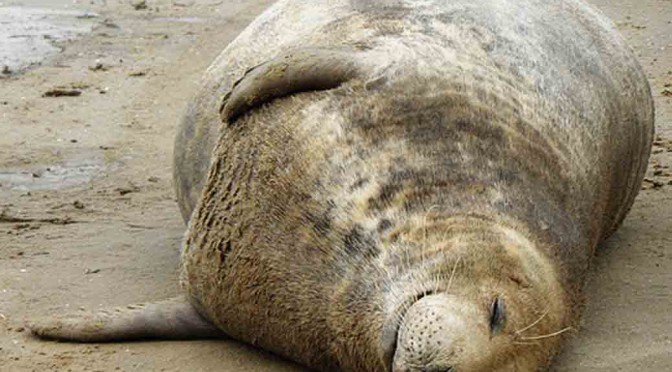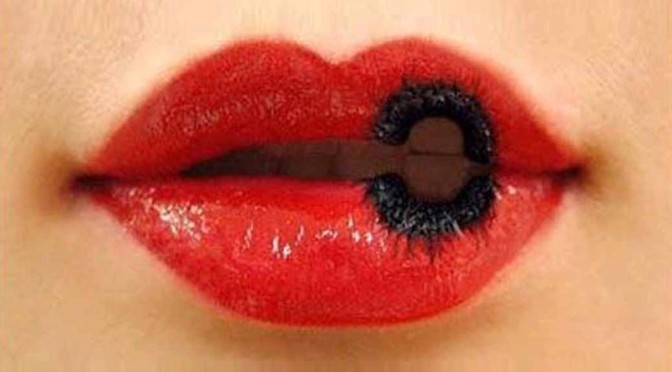By Anupum Pant
Blubber Crash-course
Blubber is thick layer of fat that is present under the skin of many sea dwelling animals which helps them withstand the cold sea temperatures. It is found in animals like dolphins, whales, seals etc. Since fur fails to insulate once the animal is inside water, blubber is what helps them stay warm in there. Depending on the size of the animal, the thickness of this fat layer can vary from 2 to 12 inches. Look at a minute-long Sick Science experiment (Video) that demonstrates this particular function of a layer of fat (shortening in this case).
The other important use of blubber for these animals is that it can act as a buffer stock of energy. During the times when sea animals aren’t able to find food, they burn up the fat for energy. It helps them last for a long time without food. Also, blubber helps them float better in water.
Eskimos eat this
Inuit, a group of people living in parts of Arctic, Canada, Greenland and USA, commonly known as Eskimos, love to include blubber in their food because it is a great source of omega-3 fatty acids and vitamin D. They consume raw, dried and boiled blubber with meat regularly, either with soya sauce or sea oil.
The positive health benefits of blubber, as Wikipedia puts it, can be observed in Greenland, where people consume it regularly. As a result, they are less likely to die due to Heart diseases. It says, not a single person died in that region in the 1970s due to cardiovascular diseases. Someone needs to study the same for the present decade.
It cites the following a source that no longer exists. However, another source clarifies it (source):
In the 1970s there was not a single death due to cardiovascular disease in the hunting district of Uummannaq with about 3,000 inhabitants. The average 70-year-old Inuit with a traditional diet of whale and seal has arteries as elastic as those of a 20-year-old Danish resident.
That is a pretty incredible health benefit, given hardening of arteries due to build-up of fat has become such big killer in developed countries.
Is Blubber really that good today?
Today, whales and other sea animals that are a primary source of blubber for Eskimos, come across huge amounts of toxic chemicals in the sea – mostly through food. They consume these industrial wastes, and with time carcinogens build up in their bodies. These carcinogens ultimately enter the traditional food items of Eskimos through blubber.
So, heart disease might not be a widespread phenomena in Greenland, but in a few years, cancer could be. But, that is just the poor human logical brain talking.
According to current studies, blubber based diet has is indeed been credited to the Inuit health and longevity.
Also read –












